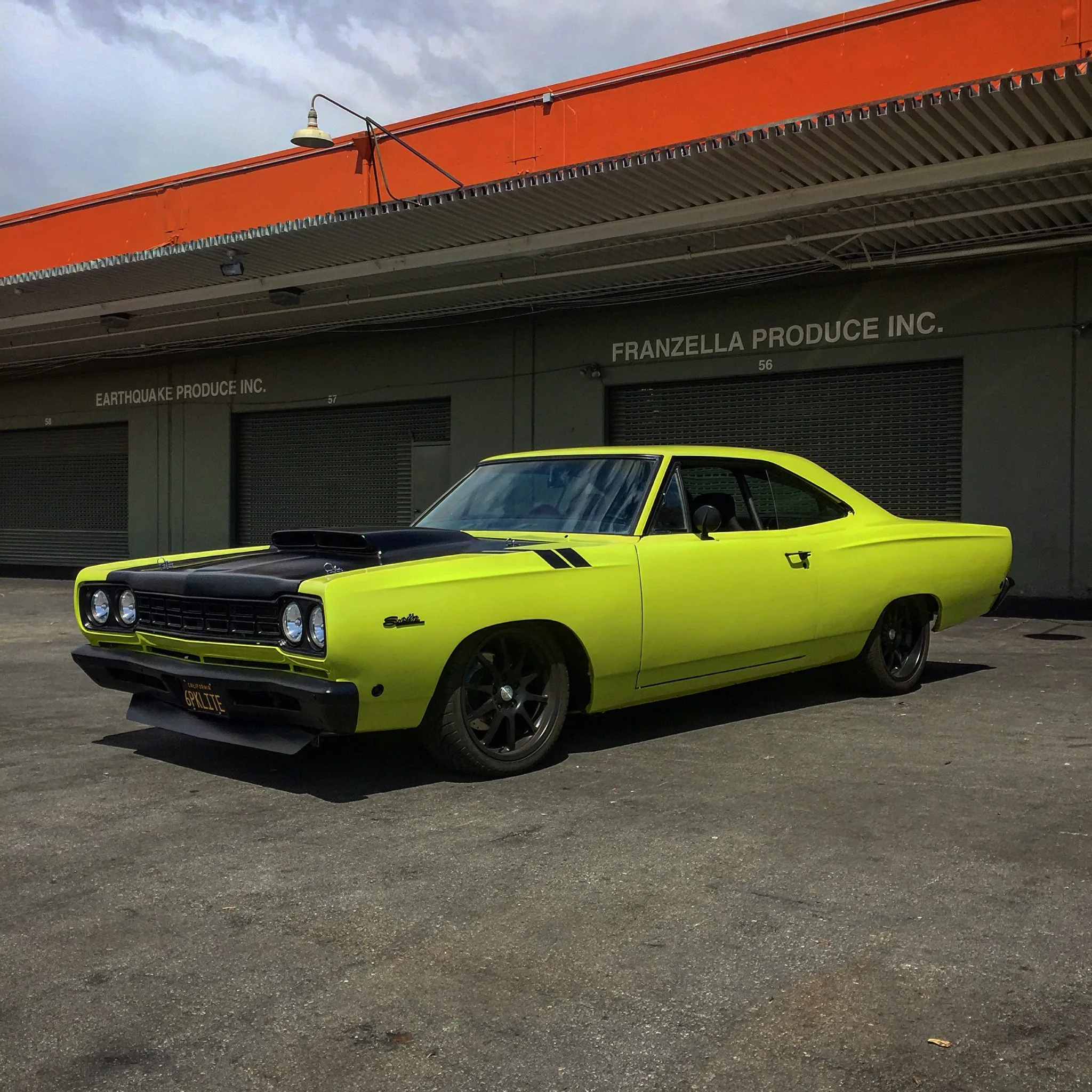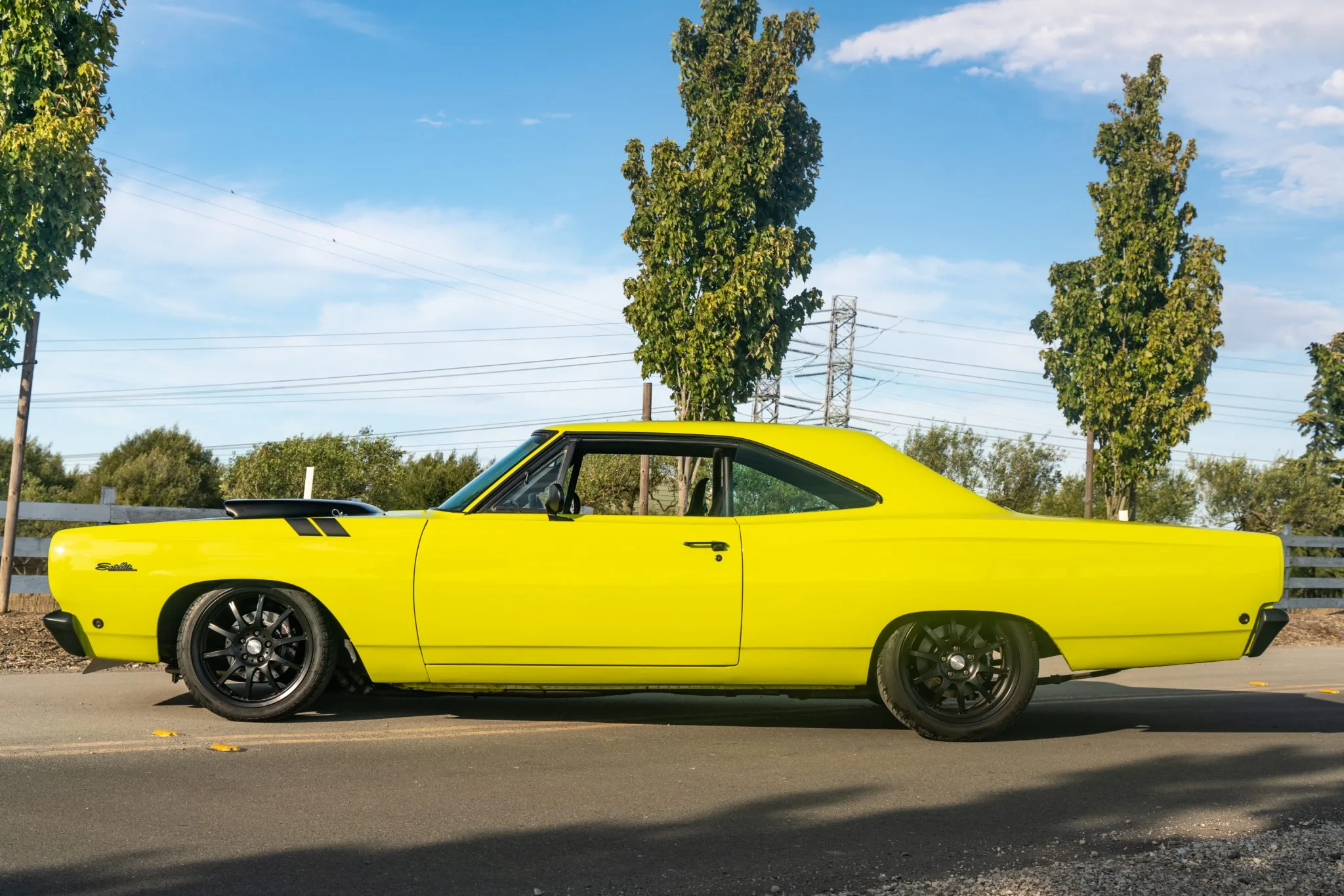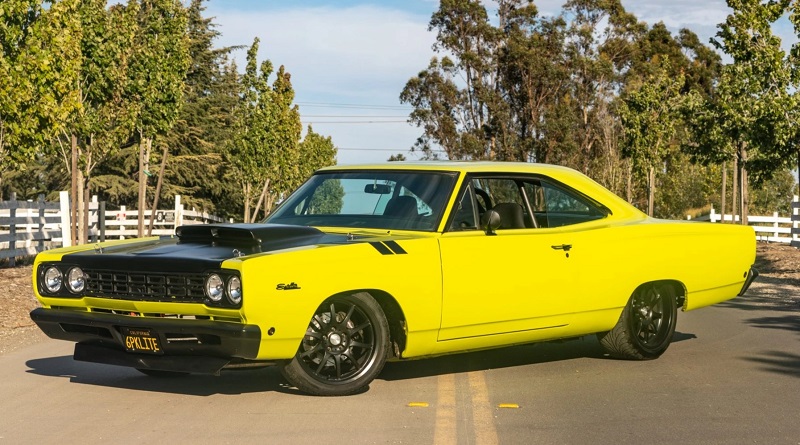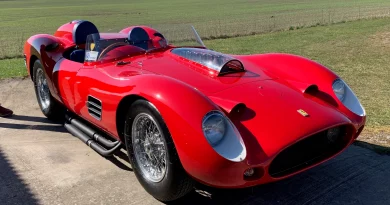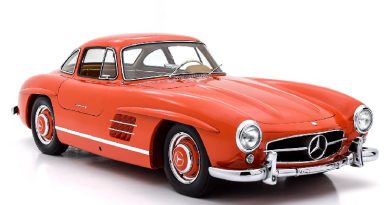1968 Plymouth Satellite Sport
The Plymouth Satellite is a mid-size automobile introduced in the 1965 model year as the top trim model in Plymouth’s “B” platform Belvedere line. Available initially in two-door hardtop and convertible models, the Satellite remained the top-of-the-line model until the 1967 model year. A station wagon version was added and a higher “Sport” trim introduced.
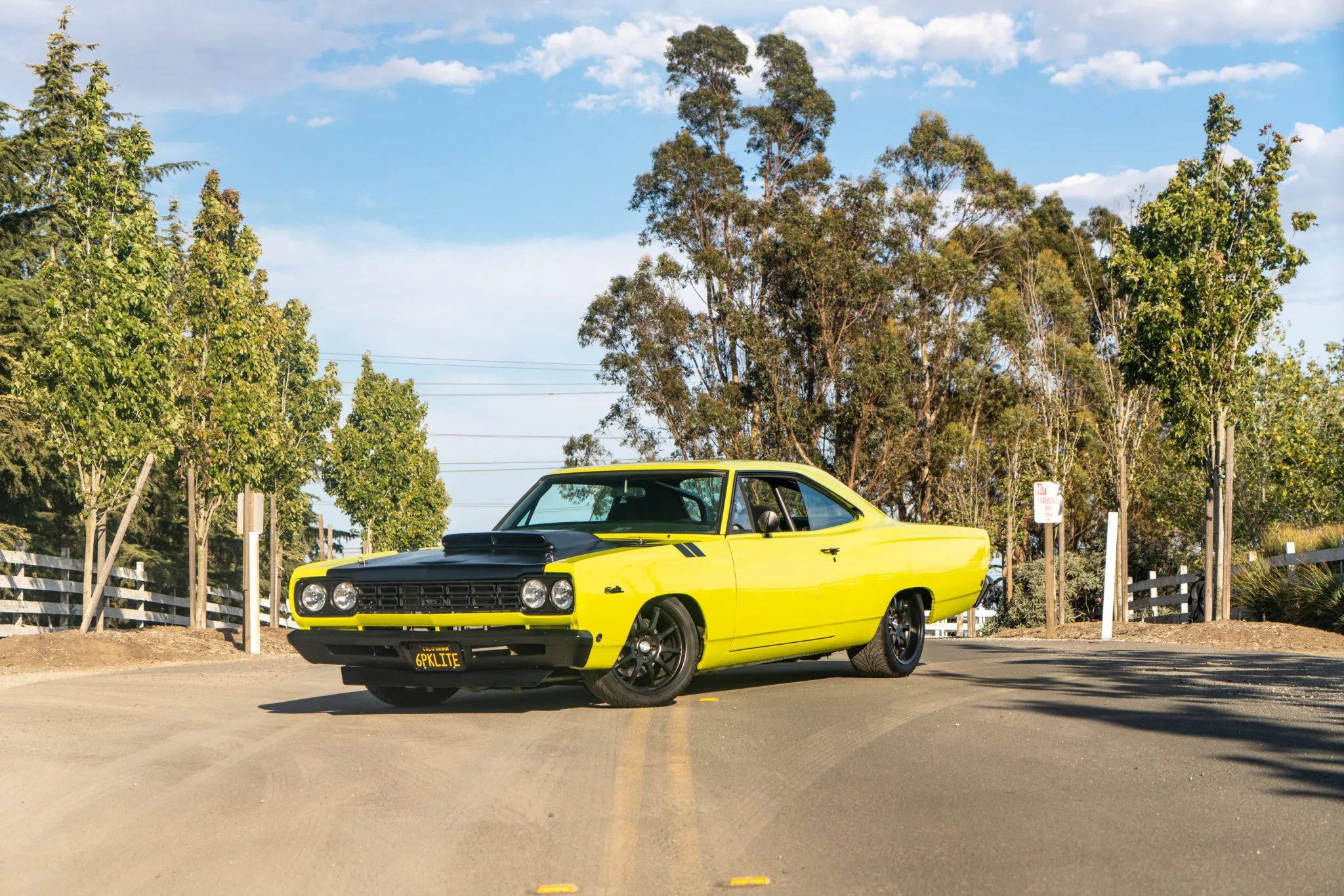
It’s amazing what steady cultivating can do. In 1962, Plymouth’s crop of downsized “standard” cars was like unwanted surplus. Yet with a few interim changes, their descendants of six years — the 1968-1969 Plymouth Sport Satellite and GTX — later sold more than a quarter-million copies.
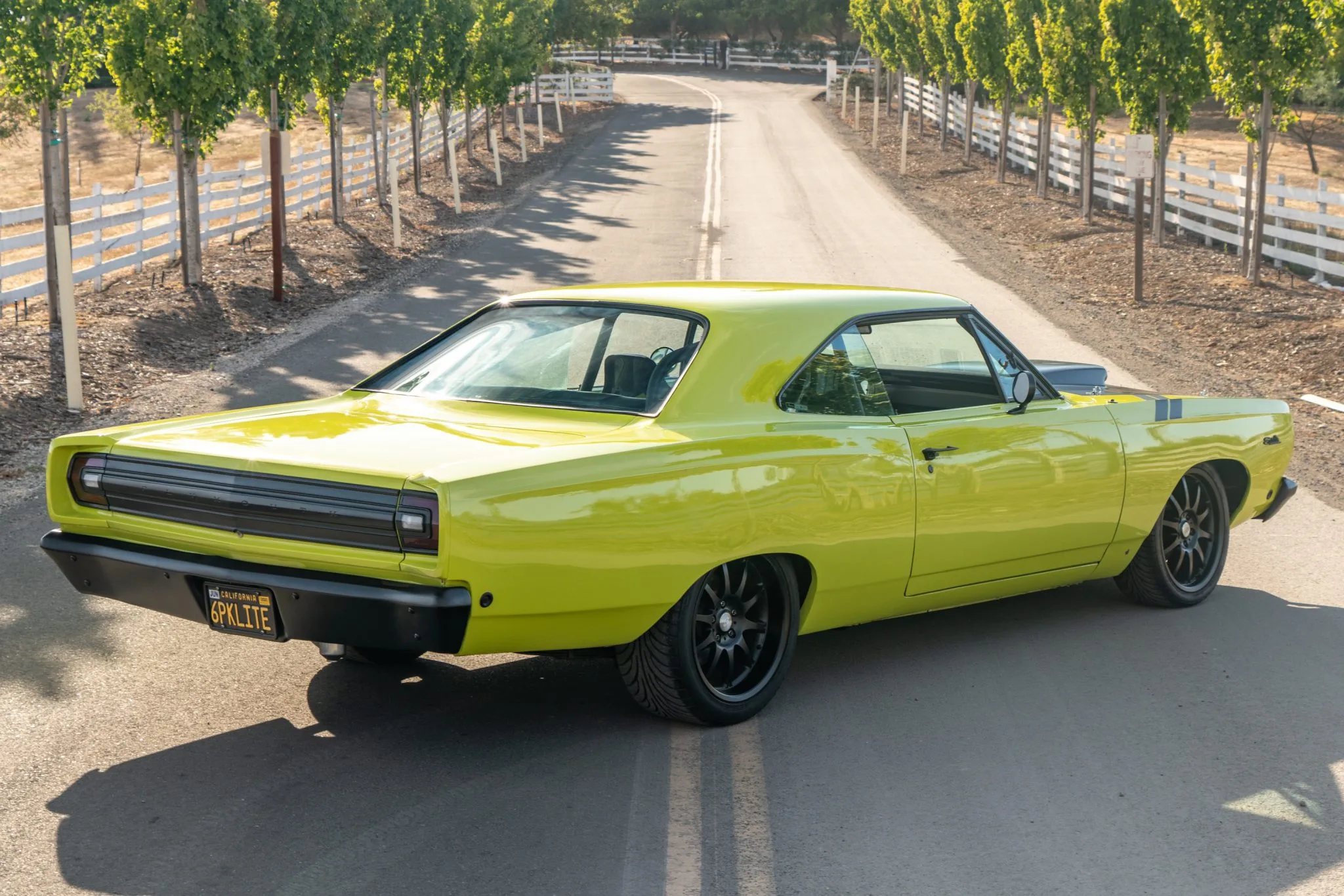
This 1968 Plymouth Satellite was powered the 340ci V8, a Milodon low profile 8-quart oil pan, a Mopar “Six-Pack” intake manifold, Triple Barry Grant Demon two-barrel 250-cfm carburetors, Edelbrock Performer RPM cylinder heads, and a Comp Cams hydraulic roller Big Mutha’ Thumpr camshaft are also installed.
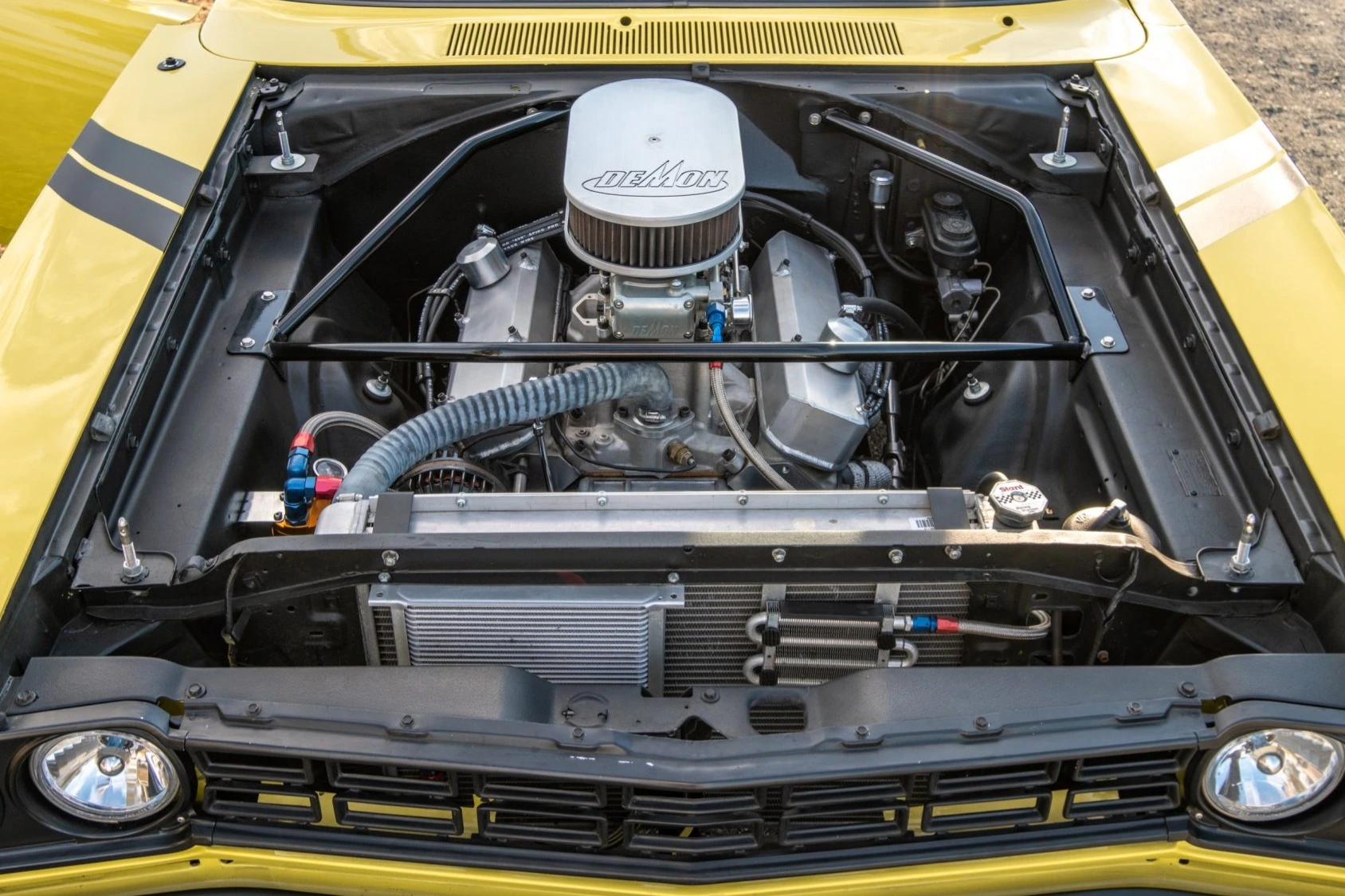
18″ BSA Motorsports alloy wheels are finished in black and are wrapped in 235/40 Sumitomo HTRZ tires. Chassis modifications include subframe connectors, an engine compartment brace, 1″ torsion bars, ADDCO front and rear sway bars, tubular upper control arms, braced lower control arms, 11/16″ tie rods with solid adjustment sleeves, circle track-spec rear leaf springs, polyurethane suspension bushings, a Mopar Performance master cylinder, drilled and slotted 12″ brake rotors, and Wilwood four-piston calipers.
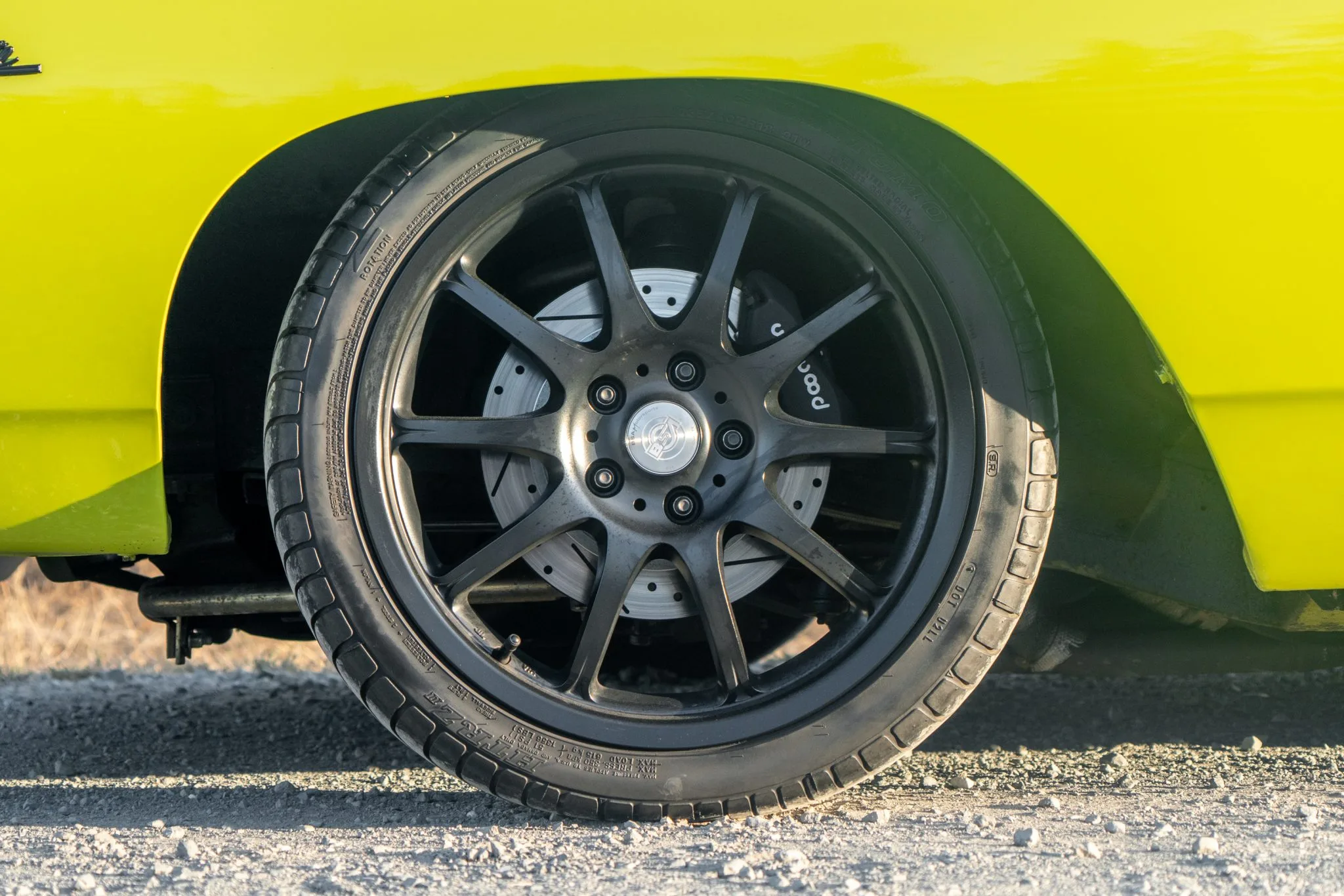
The interior is trimmed in black and features aftermarket bolstered bucket seats, four-point harnesses, a six-point roll cage, a rubber floor mat, and custom aluminum door panels. Additional equipment includes a Hurst cue-ball shifter, custom drilled pedals, aluminum dash inserts, a custom aluminum center console, and a fire extinguisher mounted between the front seats. A 20-gallon fuel cell is mounted in the trunk. The three-spoke steering wheel fronts a 120-mph speedometer, an analog clock, and gauges for alternator charge, fuel level, and coolant temperature. An Equus 10k-rpm tachometer is mounted in the center of the dash, and Equus gauges below the dash provide readouts for water temperature, oil pressure, and battery voltage.
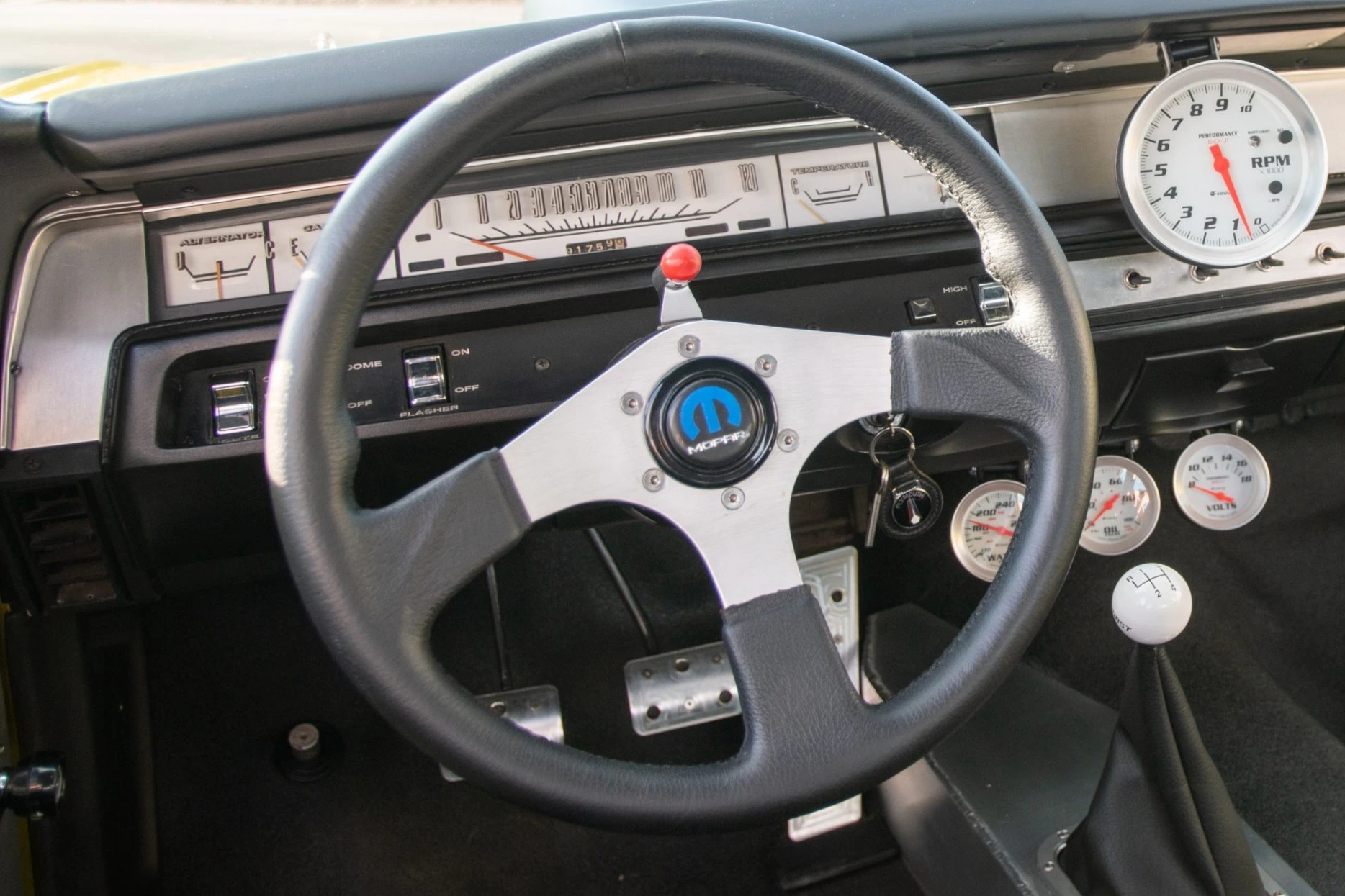
Unfortunately, even this slicker B-body proved to be less aerodynamic than the new ultra-smooth 1968 Ford Torino/Mercury Cyclone fastbacks, which ran faster around stock-car supertracks and into the Winner’s Circle more often. But MoPar still ruled the drags, with the likes of Ronnie Sox and Buddy Martin adding to Chrysler’s vast collection of Super Stock trophies.
